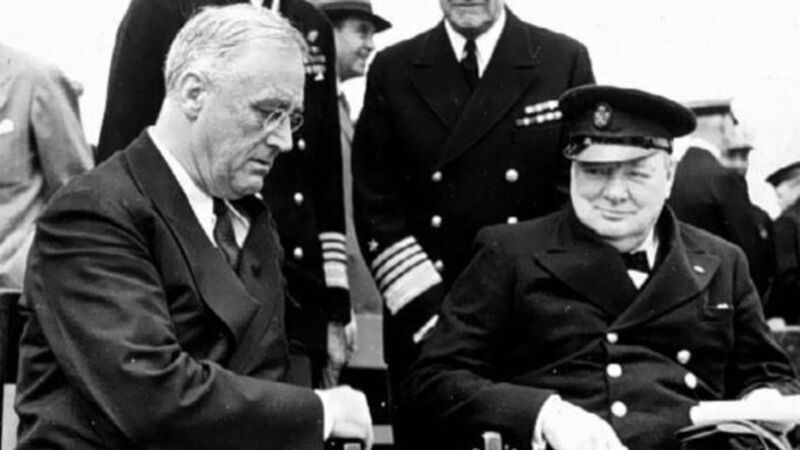Irish diplomats used as American spies

YESTERDAY marked the 70th anniversary of the American Note demanding the expulsion of Axis diplomats from Ireland on the grounds that they supposedly posed a threat to the forthcoming Allied invasion of Europe. The whole thing was responsible for one of the greatest distortions in Irish history.
The note really had nothing to do with security; it was a deliberate ploy to generate the impression that taoiseach Éamon de Valera was indifferent to the plight of British and US servicemen. Consequently, the true nature of this country’s wartime policy has been seriously distorted ever since.
















